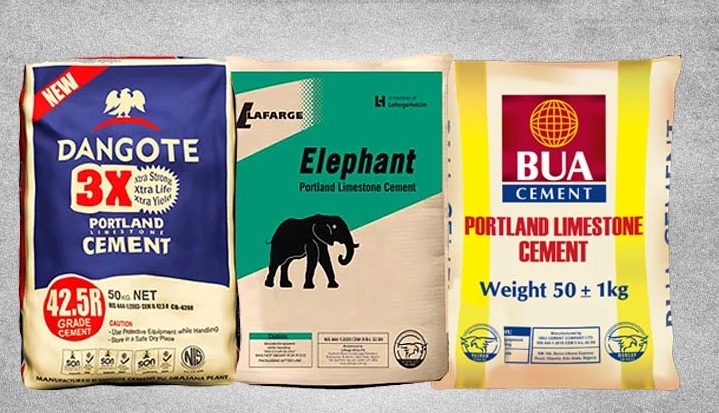Amidst the economic challenges faced by various sectors, Nigerian cement producers have displayed remarkable resilience, managing to maintain profitability throughout the first nine months of this year, despite grappling with significant foreign exchange losses.
In the initial three quarters of 2023, the country’s three major cement producers—BUA Cement, Dangote Cement, and WAPCO (Lafarge)—faced a substantial surge in foreign exchange losses, averaging a staggering 441% year-on-year increase, totaling N135.375 billion.
Despite this formidable foreign exchange hurdle, these three industry giants, spearheaded by Dangote Cement, collectively achieved a pre-tax profit of N478.659 billion, marking an average year-on-year growth of 15.28%.
Nigeria transitioned to a new government in the second quarter, following its 7th election cycle in March. Subsequently, the country has been navigating an array of policy reforms initiated by the new administration.
The depreciation of the naira due to its floating exchange rate and the removal of the petrol subsidy have led to increased operating costs, resulting in elevated commodity prices and inflation. These factors have had substantial ripple effects on the economy, the retail market, and, consequently, the profitability of businesses.
Cement producers, much like other companies, have also been impacted by the devaluation of the naira and other macroeconomic challenges, evident in their sales volumes and foreign exchange losses.
For example, Dangote Cement reported a 10.9% decline in sales volume from its Nigerian operations, amounting to 12 million metric tons (Mt) in 9M 2023, down from 13.5Mt in the same period in 2022. Domestic sales volume alone witnessed a 10.3% year-on-year decrease, totaling 11.5Mt.
Dangote Cement attributed this decline to a combination of election-related uncertainties, financial constraints, currency devaluation, and adverse weather conditions during the period.
Out of the cumulative foreign exchange loss of N135.375 billion, Dangote Cement accounted for a significant N99.016 billion. The company explained that the net foreign exchange loss of ₦99.016 billion was primarily due to the naira’s devaluation from ₦461.1/$ at the end of 2022 to ₦776.8/$ at the close of September 2023.
BUA Cement also experienced a substantial surge in its foreign exchange loss, increasing by 412% year-on-year to N26.936 billion, while WAPCO’s foreign exchange loss surged by 874.28% to N9.424 billion during the same period.
Despite these considerable challenges, all three companies reported robust pre-tax profits. Dangote’s pre-tax profit amounted to N404.890 billion, reflecting a 20.54% year-on-year growth. WAPCO saw its pre-tax profit increase by 13.36% to N61.156 billion, while BUA Cement recorded a marginal decline of 3.45% to N85.748 billion.
One key contributor to these cement companies’ robust financial performance is their solid gross and operating profit margins. On average, these companies achieved a gross profit margin of 51% and an operating profit margin of 32%, indicating their financial strength and efficiency. These margins highlight the companies’ ability to maintain profitability from their core operations, without accounting for additional costs such as taxes and interest.
However, it is essential to note that, despite their resilience, both Dangote Cement and BUA Cement experienced declines in their pre-tax profit margins in 9M 2023. Dangote Cement’s pre-tax margin decreased by 180 basis points to 26.73%, while BUA Cement’s pre-tax margin declined by 24.51% to 25.53%. These companies have initiated proactive measures to manage increased costs effectively, such as investing in cost-reduction technologies and adopting eco-friendly solutions.
Investors should view these measures as steps toward ensuring sustainable profitability. Additionally, considering revenue growth and the price-to-sales ratio can offer valuable insights into investor expectations. BUA Cement’s high price-to-sales ratio of 9.17 suggests that investors have exceptionally high expectations for the company’s future revenue growth and profitability.


